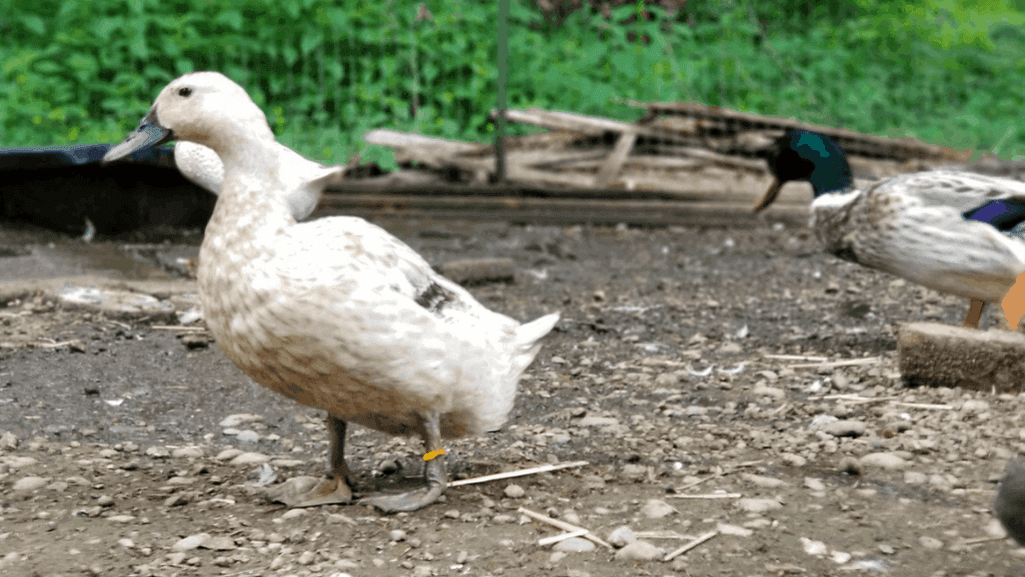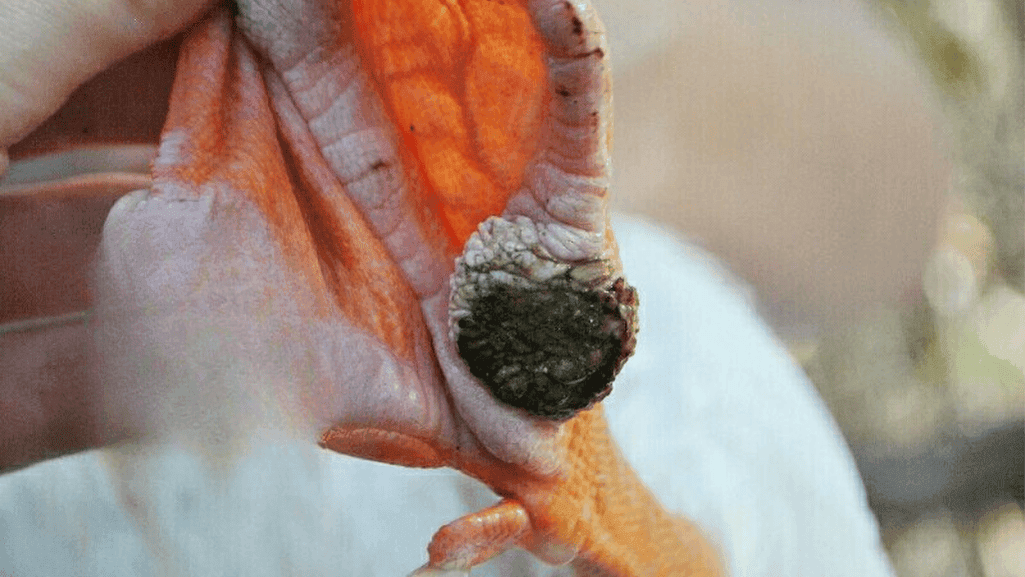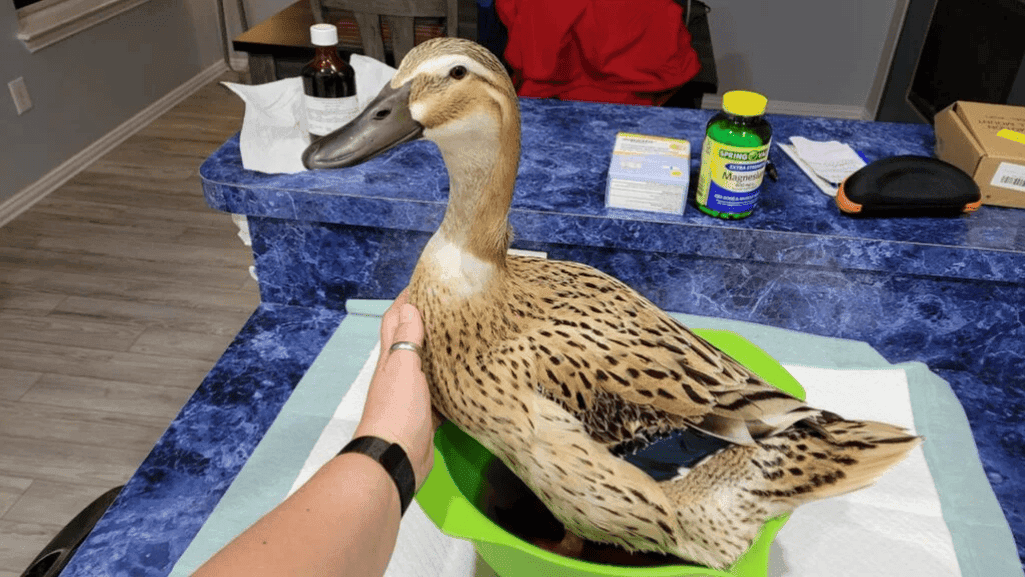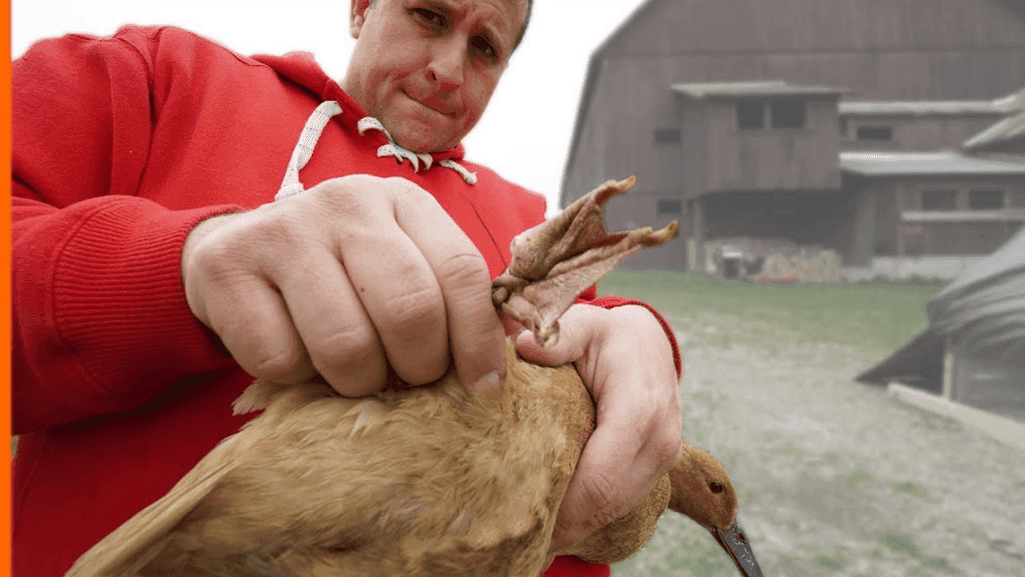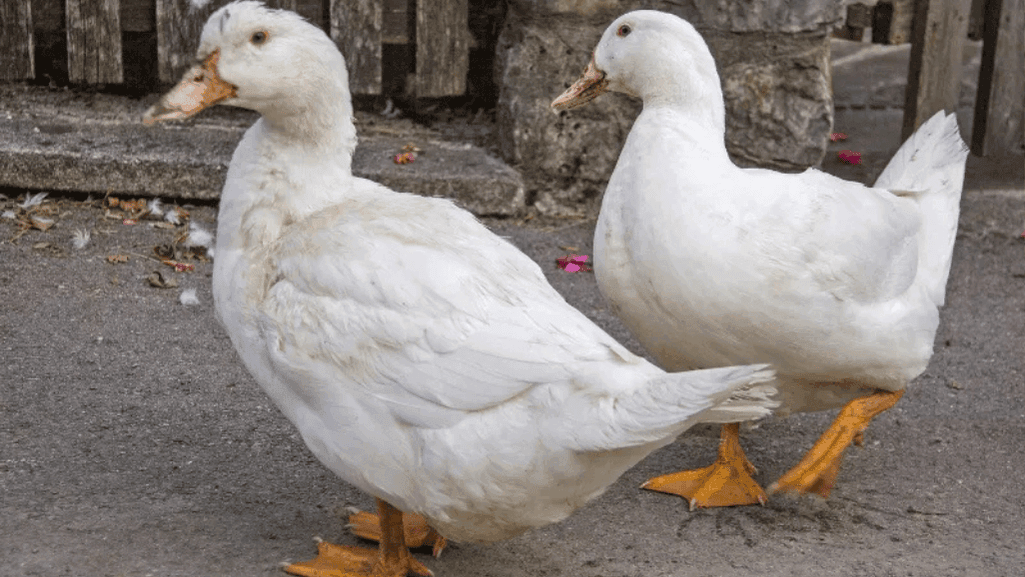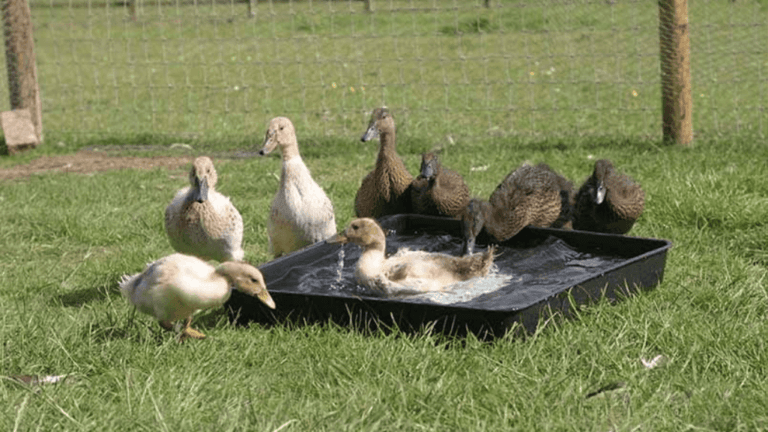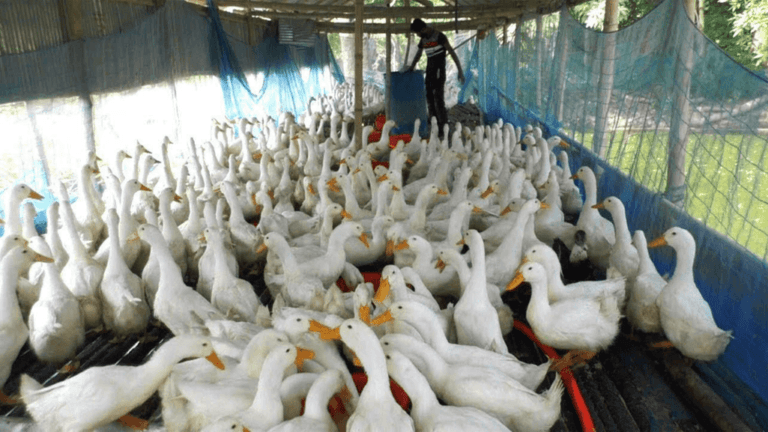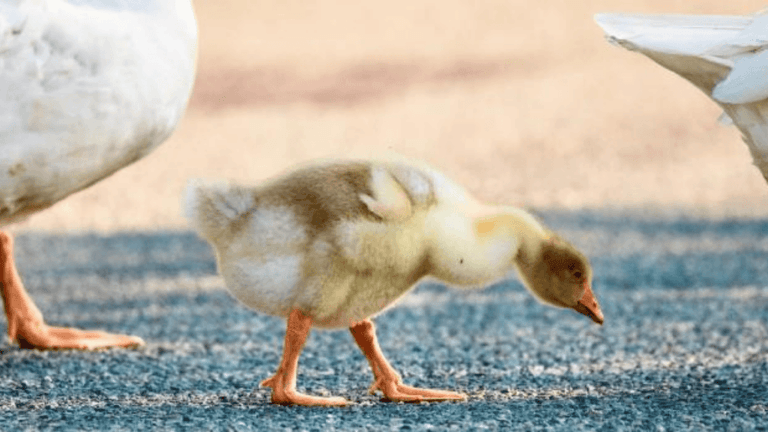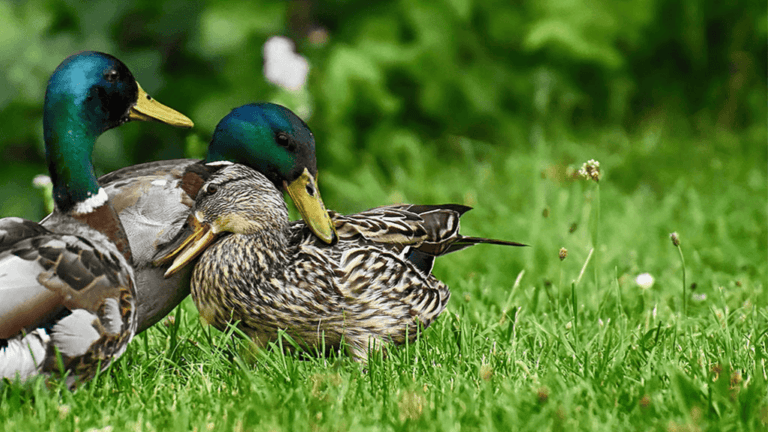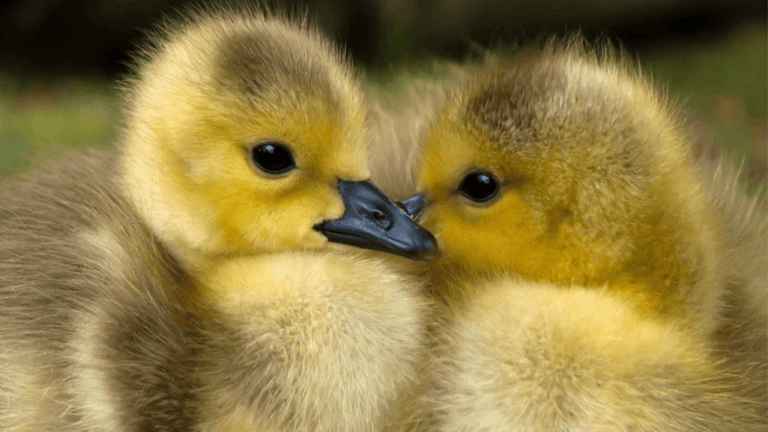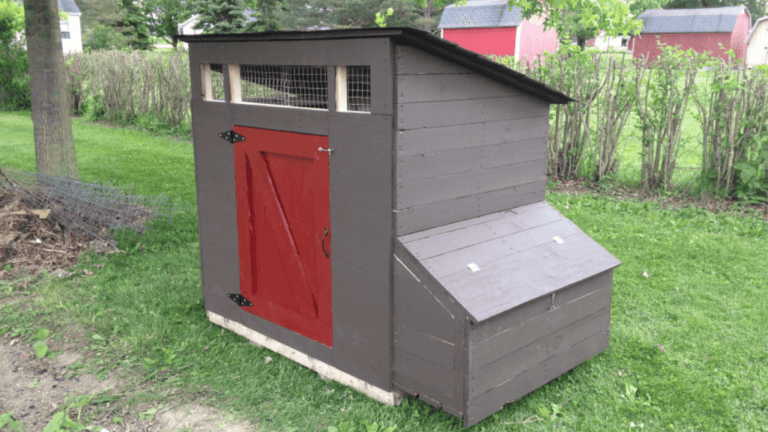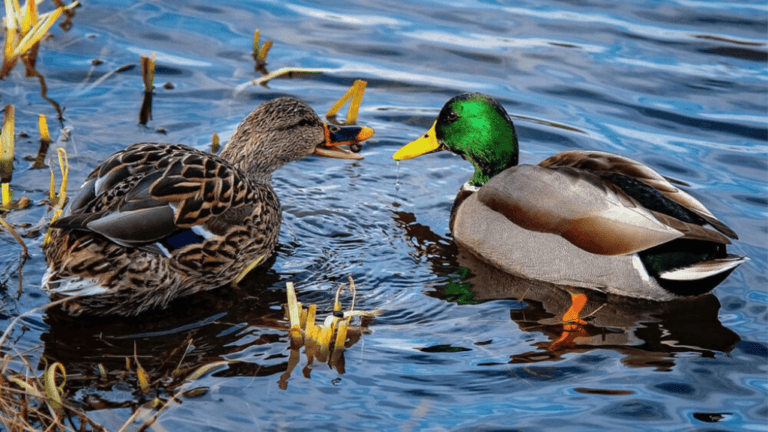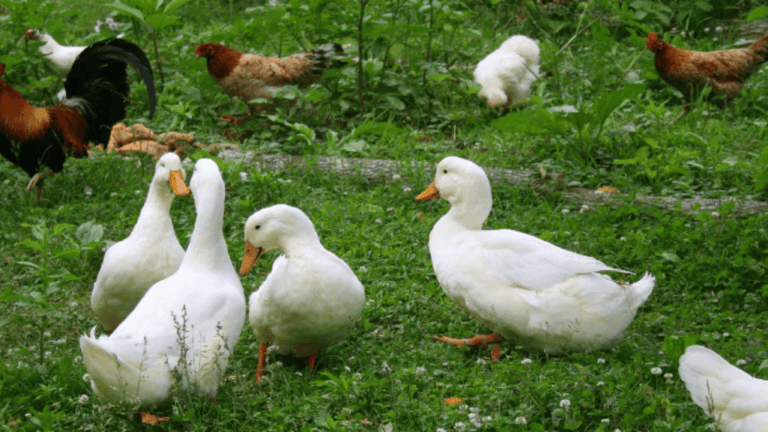Bumblefoot duck is a common foot infection in ducks. It can quickly turn from a small cut to a big problem if not treated. This infection, caused by bacteria like Staphylococcus and Pseudomonas, gets in through a cut in the footpad. It leads to swelling and pus.
If not treated fast, bumblefoot can cause bigger abscesses and affect joints. It also makes ducks more likely to get other infections.
Spotting bumblefoot early and treating it right is key. Mild cases might take one to two weeks to heal. But severe cases could take weeks or even months.
For treatment, you might need to keep the duck alone. Soaking the foot in Epsom salt and Betadine can help. You can also use Neosporin on the foot. Sometimes, you’ll need to remove abscesses surgically.
In very bad cases, a vet might need to give antibiotics and painkillers. They might also need to remove dead tissue.
To keep your duck’s feet healthy and avoid bumblefoot, keep their living area clean. Make sure they have soft bedding. Check their feet often and give them different places to walk on.
Also, make sure they eat well. Catching bumblefoot early and treating it fast can help your duck get better.
Key Takeaways
- Bumblefoot is a common bacterial infection in ducks, often caused by staph bacteria.
- Early detection and treatment are key to preventing serious problems.
- Treatment options include soaks, topical antibiotics, and minor surgery in some cases.
- Keeping a clean environment and practicing regular foot care can help prevent bumblefoot.
- Getting vet advice when you see signs of bumblefoot is highly recommended.
Understanding Bumblefoot in Ducks
Bumblefoot, also known as duck pododermatitis or avian bumblefoot, is a common foot problem in ducks and other birds held in captivity. This bacterial infection often starts as a small abscess or swelling in the footpad. It causes discomfort and pain to the affected duck.
What is Bumblefoot?
Bumblefoot is a bacterial foot infection caused by strains like Escherichia coli, Staphylococcus, and Pseudomonas. It happens when ducks step on sharp objects like stones or splinters. This creates an entry point for the bacteria. If left untreated, bumblefoot can lead to severe complications and, in rare cases, fatality.
Symptoms to Look Out For
Ducks with bumblefoot may exhibit the following symptoms:
- Redness and swelling in the footpad
- Tenderness and warmth in the affected area
- Limping or reluctance to put weight on the foot
- Loss of appetite and decreased activity
- Formation of a large black scab or abscess
- Loss of scales and pus discharge in advanced stages
Regular foot inspections can help detect bumblefoot early, increasing the chances of successful treatment. Treating bumblefoot in ducks may involve soaking the foot in an Epsom salt bath, applying drawing salves, and using antibiotics under veterinary guidance.
Who is Affected?
Ducks of all ages can be affected by bumblefoot, but those living in poor conditions or with inadequate foot care are at a higher risk. Occurrence of bumblefoot is often found in chicken and duck feet purchased from local grocery stores. This shows the prevalence of this condition in captive birds.
Prevention is key to maintaining the health and well-being of your ducks. Ensuring a clean environment, providing proper nutrition, and conducting regular foot check-ups can significantly reduce the risk of bumblefoot.
Causes of Bumblefoot in Ducks
Bumblefoot is a common foot problem in ducks and other birds. It’s mainly caused by injuries and infections. Knowing what leads to duck foot issues helps in preventing and managing them.
Poor Roosting Conditions
Sharp objects in their living space are a big cause of bumblefoot in ducks. Things like rocks, sticks, nails, and debris can hurt their feet. This makes them more likely to get bumblefoot, as their feet bear more weight.
Infections and Bacteria
Bacteria like Staphylococcus and Pseudomonas get into foot wounds, causing infections. If not treated, bumblefoot can grow into big abscesses. This makes it hard to move, causes joint pain, and weakens the immune system.
Veterinarians call bumblefoot pododermatitis, a skin inflammation of the foot pad.
Inadequate Foot Care
Good foot hygiene is key to avoiding duck foot problems. Not trimming nails or keeping the area clean can lead to bumblefoot. Regular checks and a clean, dry space are important to prevent it.
Other things that might cause bumblefoot in ducks include:
- Hard landings from high places
- Too much chasing or mating
- Muddy or dirty living areas
- Other foot injuries putting pressure on the affected foot
- Parasites and poor diet or nutrition
By knowing the reasons for duck bumblefoot and taking steps to prevent it, duck owners can lower the risk. This includes keeping the environment clean, providing good bedding, and ensuring a balanced diet.
Diagnosis of Bumblefoot in Ducks
If you think your duck has bumblefoot, getting a vet’s opinion is key. A quick diagnosis is vital for effective treatment and stopping the condition from getting worse.
Veterinary Evaluation
The vet will check the duck’s foot for signs of infection during the exam. They look for:
- Swelling
- Redness
- Discharge
- Scabs or ulcers
Bumblefoot is graded from 1 to 5 based on its severity:
- Grade 1: Early disease, no symptoms
- Grade 2: Mild inflammation, skin intact
- Grade 3: Moderate inflammation, ulcers/scabs may be present
- Grade 4: Severe infection, abscess may be present, discharge
- Grade 5: Severe infection that may include the bone and/or tendons of the foot
Diagnostic Tests Available
To find the right treatment, the vet might run some tests. These include:
- Bacterial culture: This test finds the bacteria causing the infection.
- Sensitivity tests: These tests show which antibiotics will work best against the bacteria.
Pododermatitis, the scientific term for bumblefoot, is common in captive birds. It affects 20–98% of birds in avian production systems.
With a precise diagnosis, your vet can create a treatment plan. This plan will help your duck heal and avoid future bumblefoot problems.
Treatment Options for Bumblefoot
Treating bumblefoot in ducks depends on how bad the infection is. Catching it early is key to treating it well and stopping it from getting worse. Here are some duck bumblefoot remedies and treatment options to consider:
Home Care Remedies
For mild bumblefoot, home care can work well. First, keep the affected duck away from others to stop the infection from spreading. Make sure their living area is clean and dry.
Soak the duck’s foot in warm water with Epsom salt to soften the scab and draw out the infection. Use a topical antibiotic ointment, like Vetericyn or Neosporin, and bandage the foot. This keeps it clean and protected.
Medical Interventions
For more serious cases, you might need to see a vet. They might give antibiotics to fight the infection from the inside out. They can also give pain meds to help with healing.
Natural treatments, such as colloidal silver, essential oils, and herbs, can help too. They boost the immune system and aid in recovery.
Surgical Procedures
For really bad cases, surgery might be needed. The vet will remove the infected tissue and clean the wound. They use a scalpel to remove the bad area and then disinfect it with betadine or something similar.
The recovery period for a bird post-surgery is usually around a week in a controlled environment.
After surgery, the foot is wrapped with gauze and VetWrap to protect it. Antibiotic ointment is applied to prevent infection. Sometimes, antibiotics are given to make sure all infection is gone and to prevent it from coming back.
Prevention Strategies for Bumblefoot
Keeping ducks healthy means stopping bumblefoot before it starts. By using the right steps, you can lower the chance of your ducks getting this painful issue. Here are some key ways to keep your ducks’ feet safe and prevent bumblefoot.
Maintaining a Clean Environment
Keeping the area where your ducks live clean is key. Look for sharp things, rough spots, or dirt that could hurt their feet. Get rid of any dangers and make sure the floor is smooth and safe. Also, keep their bedding clean and dry to avoid infections.
“An ounce of prevention is worth a pound of cure.” – Benjamin Franklin
Regular Foot Inspections
Checking your ducks’ feet often is very important. Look for redness, swelling, scabs, or discharge. Finding problems early helps stop small issues from getting worse. If you see something wrong, clean it and use treatments right away.
Appropriate Diet
What your ducks eat is very important for their health. Make sure their food has the right vitamins, minerals, and protein. Avoid foods that are too rich in carbs and low in protein. Give them fresh greens, veggies, and supplements to boost their diet.
Being proactive in caring for your ducks is also key. Create a good environment, watch how they act, and fix any problems fast. This helps prevent bumblefoot and keeps your ducks happy and healthy.
Preventing bumblefoot is always better than treating it. By following these steps and staying alert, you can greatly lower the risk of your ducks getting this painful issue. This way, they can live happy and healthy lives.
Importance of Early Intervention
Early treatment is vital for ducks with bumblefoot. Spotting the signs early helps prevent the infection from getting worse. By the time ducks show signs like limping, the infection is already advanced.
Recognizing Early Signs
Checking your ducks’ feet regularly is key. Look for small black scabs, puffy redness, and swelling. Also, watch for scratches and irritated areas that could lead to infection.
Benefits of Prompt Treatment
Early treatment helps ducks recover faster. Methods like Epsom salt soaks and Microcyn or witch hazel can work well. It also lowers the risk of serious complications.
Prevention is also important. A good diet, safe housing, and clean bedding can prevent bumblefoot. Early treatment and prevention together keep your ducks healthy and happy.


